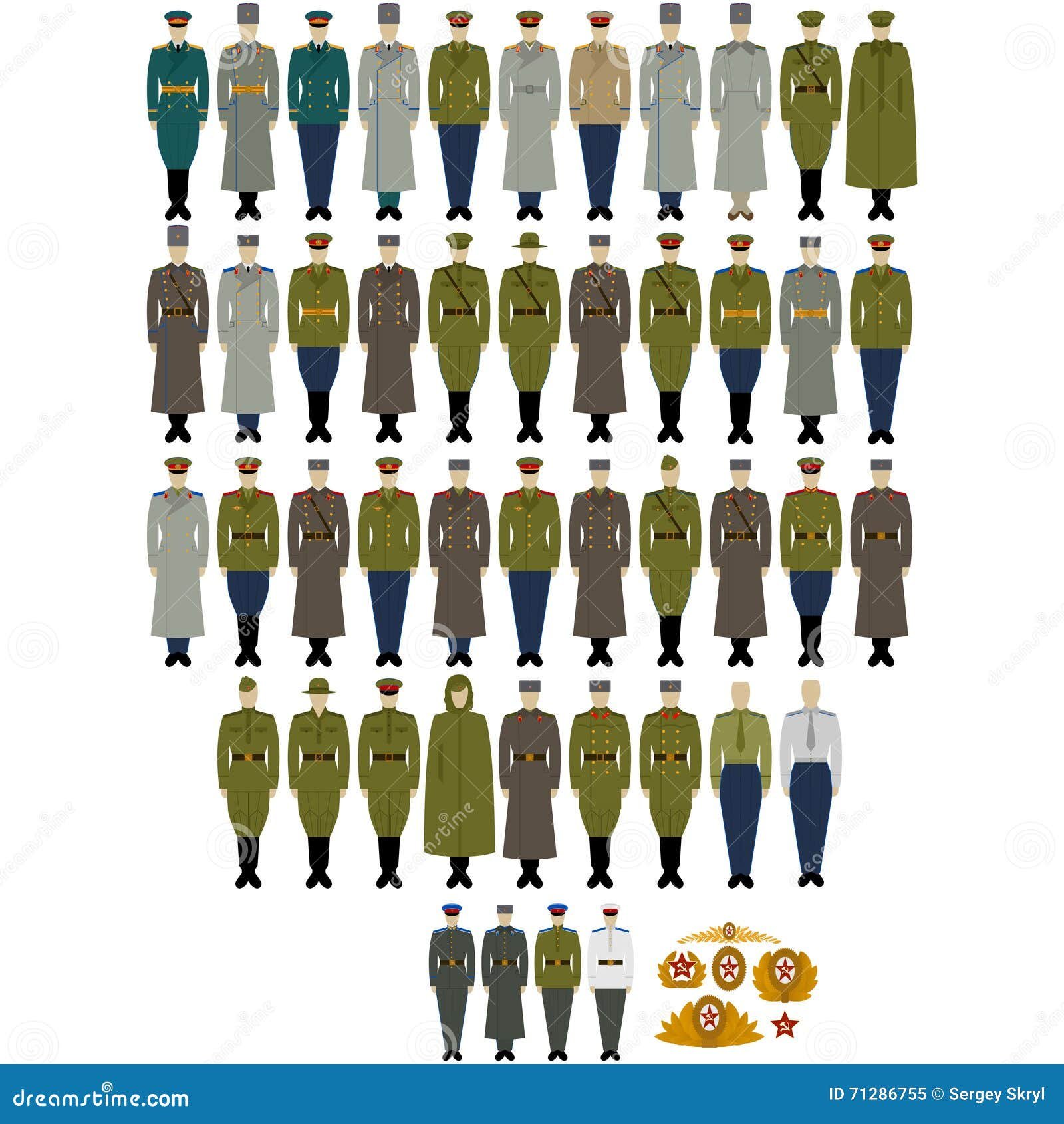
Complete Guide of Soviet Military Uniform Colors in 20th Century
Imagine unzipping a crisp Soviet field jacket, the olive drab hue catching the light. The color you see shapes a nation’s identity. If you’re drawn to soviet military uniform colors, you’ll want to know why those greens, blacks, and reds mattered. In this guide, you’ll uncover the palette’s story, its symbolism, and how to care for or collect these iconic hues.
Explore the standard palette of Soviet Military Uniform Colors
The backbone of Soviet service dress was olive drab or khaki green. Designers chose these shades for practicality, concealment, and ease of production. Over time, other hues joined the roster to signal rank, branch, or special duty.
Operational field greens
Field uniforms relied on a muted green that blended with forests and steppes. Early versions leaned toward khaki, while post-World War II kits shifted to a darker olive. These jackets and trousers formed the workhorse gear of every soldier.
The dress uniform is blue and black.
Ceremonial and parade attire often swapped drab greens for deep navy blue or black. Infantry officers donned blue, mechanized troops preferred black, and navy personnel wore their own darker blue. These colors added formality when splashes of red or gold piping highlighted rank.
Specialty branch colors
Branch distinctions popped up on shoulder boards, collars, and piping. Here’s a quick look:
| Branch | Piping or board color |
|---|---|
| Infantry | Light blue |
| Artillery | Carmine red |
| Armored units | Black |
| Engineers | Crimson |
| Signal corps | Orange |
Decodes Soviet military uniform colors symbolism
Uniform hues carried more than aesthetic weight. They spoke to ideology, unity, and function in a single glance. Ever thought about why color mattered so much in military attire?
Red and revolutionary fervor
Red evoked the revolution, socialism, and the blood spilled for the cause. You’ll spot it on stars, collar tabs, and piping. It reminded soldiers of collective sacrifice.
Monochrome and unity
A single field color promoted uniformity and discipline. When everyone wore the same green, rank and branch markers stood out more clearly. That mix of sameness and tiny differences reinforced order.
Branch identifiers
Adding branch-specific hues helped the chain of command and unit cohesion. You could tell an artillery crew from 50 paces. That quick visual cue made battlefield communication just a bit simpler.
Trace palette evolution
Soviet military uniform colors evolved in response to changing politics, tactics, and technology. Each era left its stamp on the shade chart.
Tsarist influences
Early Red Army apparel borrowed Tsarist khaki designs, swapping imperial buttons for Soviet stars. Practical cuts and color choices carried over from World War I.
WWII adjustments
By 1943, the army had adopted a darker olive drab, which was better at hiding dirt and damage. Simpler dyes enabled faster mass production when factories operated around the clock.
Cold War refinements
Postwar kits saw synthetic fabrics and modern dyes. Shades deepened, uniforms gained black leather boots, and officers’ caps went glossy. Camouflage patterns also emerged for specialized units.
Care for your uniforms
Vintage uniforms require gentle handling to preserve their original hues. Not sure which cleaner works best on wool blends? Here’s what you can do.
Cleaning and storage
- Spot-clean wool with a mild detergent and cold water.
- Air dry flat, avoiding direct sunlight that can bleach fibers.
- Store in breathable garment bags or acid-free boxes.
Color fade prevention
- Keep humidity around 50 percent to protect dyes.
- Wrap collars and cuffs in acid-free tissue paper.
- Rotate displayed pieces to avoid uneven light exposure.
Curate a uniform collection.
Collecting Soviet pieces can feel like piecing together history. Knowing true hues helps you spot reproductions from genuine finds.
Identifying authentic hues
Compare fabric samples to period-correct swatches or museum displays. UV light can reveal modern dye additives that weren’t available in the 1940s.
Display and label tips
Frame uniform panels against a neutral background, so colors really pop. Add tags with year, branch, and color code. For more information on style variations, refer to the Soviet Army uniform for details.
Review key takeaways
- Standard palettes centered on olive drab, khaki, navy blue, or black.
- Reds and branch piping conveyed rank, unit, or ideology.
- Shades shifted from Tsarist khaki to darker drabs by the time of WWII.
- Gentle washing and proper storage preserve original dyes.
- Authentic color matching helps you build a museum-worthy collection.
Now you know the story behind those memorable shades. Try examining a uniform’s stitching and piping next time you visit a museum or auction, and you’ll see history stitched into every thread.
It is interesting: Soviet Military Uniform Colors

